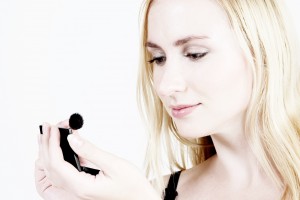Several people have commented on the Truth Teller or Liar blog we posted last week regarding a man named “Tony” who claims he was not the person seen in a photo who vandalized a San Francisco muni bus after the Giants won the World Series.
We asked blog readers to analyze the video that was posted and get their thoughts on why (or why not) they thought Tony was telling the truth or lying.
Several people made good observations stating that Tony “is proud and happy being the center of attention” and that he “clearly enjoys the situation”. This is clearly evident by his frequent smiles and seemingly relaxed attitude. Tony seems to be a jokester of sorts; the clip points out how he posted comments like “it’s me lol” about the situation through social media outlets.
One thing is for sure: it is difficult to tell whether Tony is lying or telling the truth from just this one two minute clip. Is this how Tony normally behaves? Does he frequently smile when asked tough questions? What’s his baseline? It’s important to know the answers to these questions before coming to a conclusion that there may be more to the story than what’s being told.
The answer? Tony was indeed telling the truth.
He did not vandalize the muni bus as police arrested Gregory Tyler Graniss, 22, of San Francisco after the now infamous picture was circulated around the internet. Graniss has admitted that the person in the picture is him and is currently out on $40,000 bail.
Don’t be discouraged if you got this one wrong- it was a challenging one.
Our tip: if you want to improve your ability to detect deception, continue to practice, practice, practice. Take a look at this past blog with more links to videos.
 Prosopagnosia, also known as face blindness, is a neurological disorder where people cannot recognize faces. There are varying degrees to this disorder, but the effects can be devastating for all sufferers. In a few extreme cases face blind people can’t even recognize their own face.
Prosopagnosia, also known as face blindness, is a neurological disorder where people cannot recognize faces. There are varying degrees to this disorder, but the effects can be devastating for all sufferers. In a few extreme cases face blind people can’t even recognize their own face.